Training Services and Personal Guidance
.png?width=420&height=280&name=D85_3494%20(2).png) NIFS offers several services to help you take your fitness to the next level. Here’s how you can get started:
NIFS offers several services to help you take your fitness to the next level. Here’s how you can get started:
Schedule a free Strategy Session with one of our trainers to receive your free yearly BodPod and NIFS 3D scan. These assessments provide insights into your body fat percentage and measurements, helping you set realistic fitness goals. A trainer will explain your assessment results and use them to create a personalized workout program tailored to your needs. Your trainer will guide you through the initial workouts and provide ongoing accountability. After 6-8 weeks, you can update your program to stay motivated.
For one-on-one guidance, NIFS offers personal training sessions in 30- or 60-minute increments to ensure you stay on track. You can also enjoy closer guidance in a supportive group setting with Small Group and High-Intensity Interval Training, making your fitness journey more engaging and affordable.
Group Fitness Classes
Your NIFS membership includes unlimited access to our group fitness schedule! Join a variety of classes led by our expert coaches, including boxing, yoga, and Pilates. These classes cater to all fitness levels, making them perfect whether you’re discovering a new activity or enhancing your current routine. Working out in a group also adds a sense of community and extra motivation.
Specialty Training Programs
Looking to focus on a specific goal or event? Explore these exciting options:
The Mini Marathon Training Program offers a community-driven approach to race training. No matter your pace, you’ll find support to prepare for the big day. Launching in 2025, the Powerlifting Program is perfect for members who want to get stronger and master their squat, bench, and deadlift. The DEKA Training Program helps you conquer all 10 stations of this unique challenge with guidance from our training staff.
Our training staff and group fitness coaches are here to help you determine which services, classes, or programs best fit your needs. Meet with us, explore your options, and start achieving your fitness goals today!
Hope to see you soon!


 Shakira was onto something when she said, “My hips don’t lie.” Poor hip strength and mobility can lead to negative effects like lower back pain, poor posture, knee pain, and impaired balance, which is why improving hip health is crucial. But how can you build hip strength and mobility without a hip adductor and abductor machine? Read on to discover effective exercises to enhance hip strength!
Shakira was onto something when she said, “My hips don’t lie.” Poor hip strength and mobility can lead to negative effects like lower back pain, poor posture, knee pain, and impaired balance, which is why improving hip health is crucial. But how can you build hip strength and mobility without a hip adductor and abductor machine? Read on to discover effective exercises to enhance hip strength!
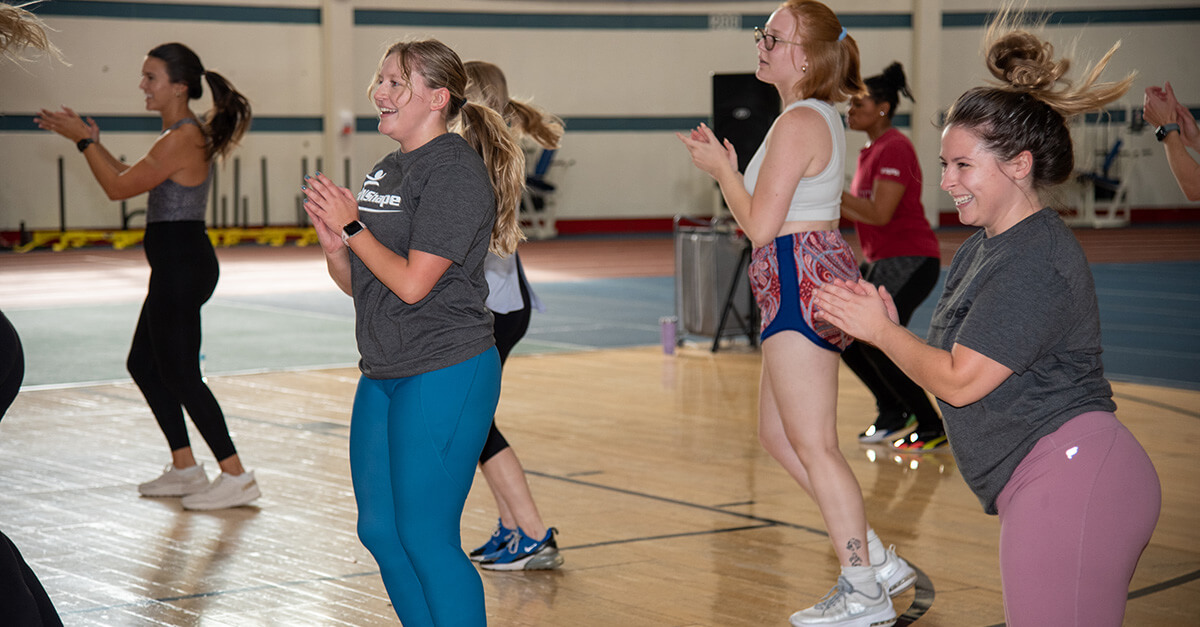

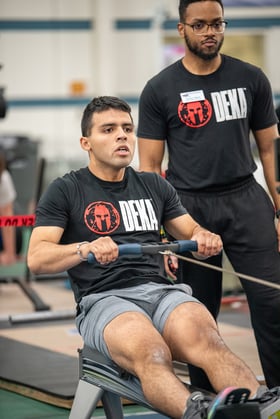
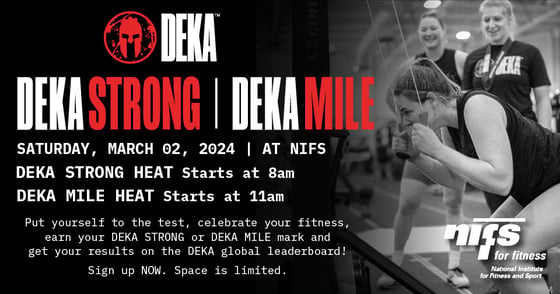
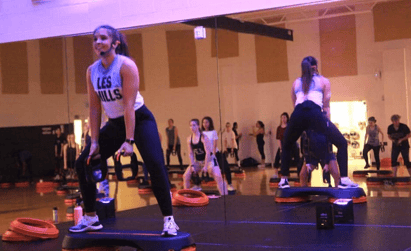 Picture this: It’s the last 10 minutes of your favorite group fitness class on the
Picture this: It’s the last 10 minutes of your favorite group fitness class on the 
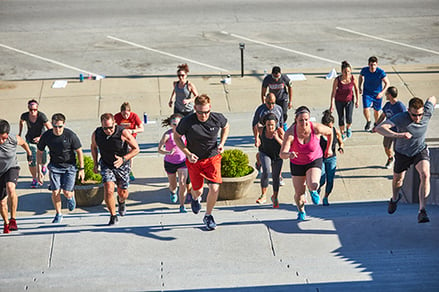 Group fitness classes are fitting for many people because the classes provide participants with predetermined workouts led by highly motivated instructors in a group setting. The niche of group fitness is constantly evolving. Classes in the category of group fitness look a lot different than they did 10 or 20 years ago. Not only do the classes look different, but they are more diverse than ever. Many participants use group fitness as supplementation for a typical workout at the gym because all you have to do is show up. Ease of participation coupled with the accountability of other members makes group fitness classes a unique environment.
Group fitness classes are fitting for many people because the classes provide participants with predetermined workouts led by highly motivated instructors in a group setting. The niche of group fitness is constantly evolving. Classes in the category of group fitness look a lot different than they did 10 or 20 years ago. Not only do the classes look different, but they are more diverse than ever. Many participants use group fitness as supplementation for a typical workout at the gym because all you have to do is show up. Ease of participation coupled with the accountability of other members makes group fitness classes a unique environment.
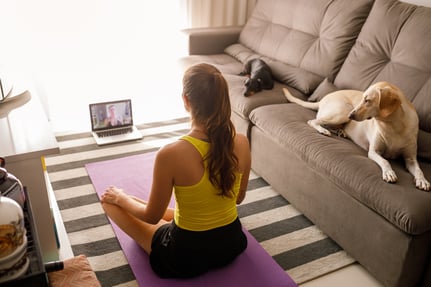 The current COVID-19 pandemic is unlike anything most have experienced in their lifetimes. The dangers of this virus are still real and need to be taken seriously. Even though it seems monotonous, it is important to recognize the importance of wearing a mask and maintaining physical distancing, because at times it seems the public is becoming numb to these terms.
The current COVID-19 pandemic is unlike anything most have experienced in their lifetimes. The dangers of this virus are still real and need to be taken seriously. Even though it seems monotonous, it is important to recognize the importance of wearing a mask and maintaining physical distancing, because at times it seems the public is becoming numb to these terms. 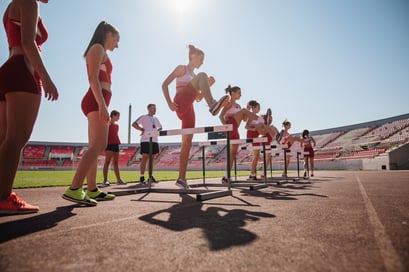 I wish I had a dollar for every time a coach has said to me, “That athlete has stiff hips,” or “That athlete folds over at the waist,” etc. So how do I help an inefficient athlete with stiff hips? I use simple hurdle stretches that train my athletes to bend.
I wish I had a dollar for every time a coach has said to me, “That athlete has stiff hips,” or “That athlete folds over at the waist,” etc. So how do I help an inefficient athlete with stiff hips? I use simple hurdle stretches that train my athletes to bend.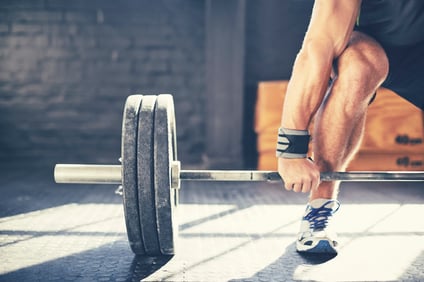 With the sport of powerlifting taking off in the last couple of years, more and more people are taking up the sport as a hobby and to improve their overall fitness levels. Training to improve strength in the squat, bench, and deadlift is a great way to improve total body strength and improve body composition.
With the sport of powerlifting taking off in the last couple of years, more and more people are taking up the sport as a hobby and to improve their overall fitness levels. Training to improve strength in the squat, bench, and deadlift is a great way to improve total body strength and improve body composition. 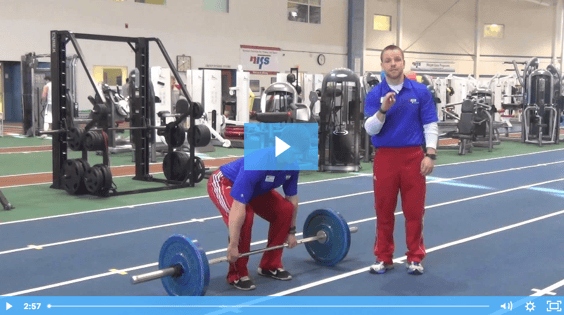
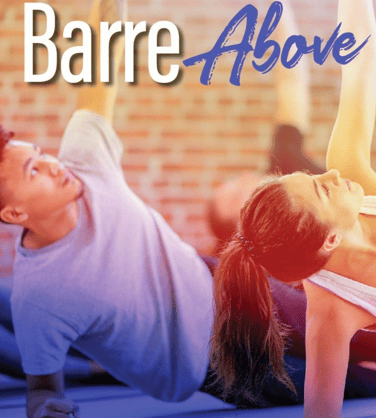 Are you looking for a workout to strengthen and tone muscles without increasing bulk, but have not found anything that you like doing? Have you always wanted to increase your cardiovascular endurance and metabolism but hate doing regular old boring cardio? Well I might have an answer for you…
Are you looking for a workout to strengthen and tone muscles without increasing bulk, but have not found anything that you like doing? Have you always wanted to increase your cardiovascular endurance and metabolism but hate doing regular old boring cardio? Well I might have an answer for you…